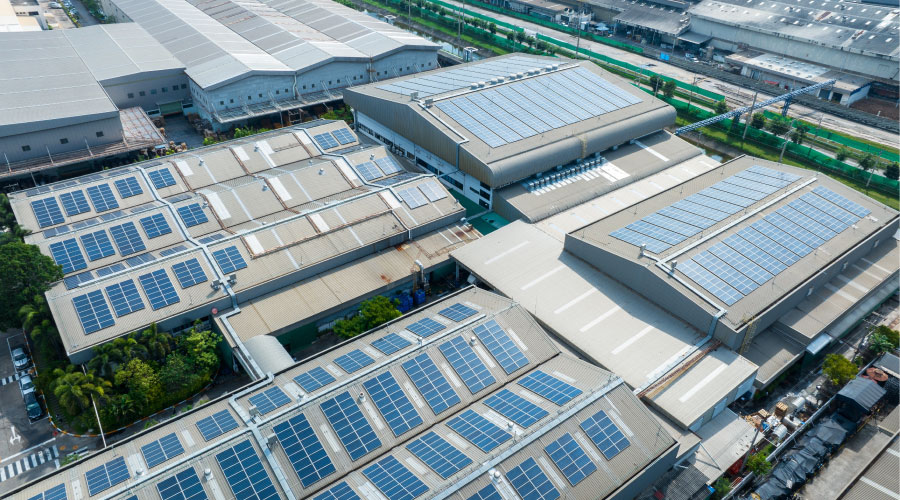Outlook
If an owner is replacing old windows, chances are he or she is going to see some modest reduction in the building’s energy use. Well-designed window systems and careful use of spectrally selective low-e coatings and tints will get the owner the best payback possible. But cutting energy use is not the whole story. When properly designed, windows can cut energy costs by reducing peak load.
For facilities on time-of-day rates, the cost of a kilowatt-hour is highest during periods of peak demand. And utilities apply a demand charge to all facilities based on a building’s highest level of electricity use. Properly designed windows can help facility executives reduce both charges.
“The result is lower utility costs when the rates are the highest,” says John Carmody, director for the Center for Sustainable Building Research at the University of Minnesota. “Peak load reduction from better glazing can also mean a smaller cooling and heating plant if the owner is considering replacing that as well.”
There are two ways windows can help in lowering peak loads. One is by cutting solar heat gain, thereby reducing the energy used for cooling during the hottest time of day. Second is by reducing the need for electric lighting by taking advantage of the available daylight during the middle of the day.
To do the latter, says Barbara Erwine, senior consultant with Paladino and Company, the building owner needs to deliver daylight around the space. That means placing windows high in the wall, such as clerestory windows, and designing some way of distributing the daylight coming in those windows, using either louvers or light shelves to reflect the light off the ceiling and into the interior. The owner also needs lighting controls so lights can be switched off or dimmed at appropriate times.
Glare also needs to be addressed in daylighting design, says Stephen Selkowitz, director of the Lawrence Berkeley National Laboratory’s Building Technologies Department. It’s easy to bring light in by specifying glass with a high visible light transmittance rating, but dealing with the glare is another thing. Some sort of shading device is needed.
New ratings
For building owners looking to trim peak load, two ratings demand attention. One is the solar heat gain coefficient (SHGC), which measures solar energy transmitted; a lower number is better. The other is the visible light transmittance rating (VT), which indicates the amount of visible light that passes through glass. Currently, those ratings are available only for windows manufactured in a factory. But sometime in 2007 or 2008 building owners will have the ability to determine those ratings for window systems constructed on site.
Selkowitz says all the math is done and what needs to be figured out is how to make the software useful and simple, and who would be the independent, third party responsible for ensuring calculations done correct.
“The National Fenestration Rating Council (NFRC) already has a site-built window rating procedure but it is not often used,” Selkowitz says. “Because we already have a rich database of ratings on some window components and are talking with manufacturers about databases for other components, it’s a matter of developing the software to run the numbers for the building owner and ensuring the numbers are entered correctly.”
The new Web-based system will allow the owner to plug in the various ratings for each component of the window or curtainwall, then press a key and get a whole system energy rating for windows or curtainwall.
David Kozlowski is a freelance writer who has covered facility management for more than 10 years. He was formerly senior editor for Building Operating Management.
Related Topics:











